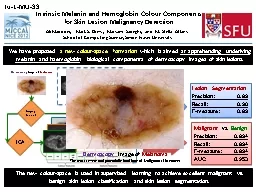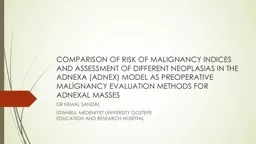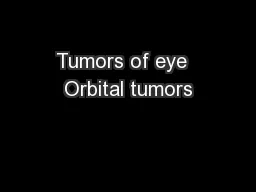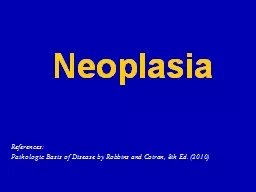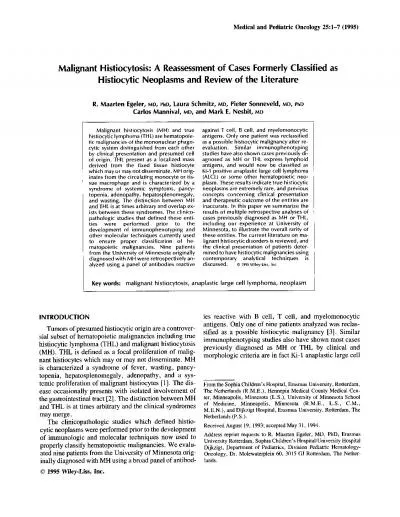PPT-Benign and Malignant Lesions of the Uterus
Author : emily | Published Date : 2024-03-13
Ass Prof Dr Sawsan Talib Department of Obstetrics and Gynecology College of medicine Diyala University Lec 3 5th stage 20212022 Endometrium The uterine endometrium
Presentation Embed Code
Download Presentation
Download Presentation The PPT/PDF document "Benign and Malignant Lesions of the Ut..." is the property of its rightful owner. Permission is granted to download and print the materials on this website for personal, non-commercial use only, and to display it on your personal computer provided you do not modify the materials and that you retain all copyright notices contained in the materials. By downloading content from our website, you accept the terms of this agreement.
Benign and Malignant Lesions of the Uterus: Transcript
Download Rules Of Document
"Benign and Malignant Lesions of the Uterus"The content belongs to its owner. You may download and print it for personal use, without modification, and keep all copyright notices. By downloading, you agree to these terms.
Related Documents



